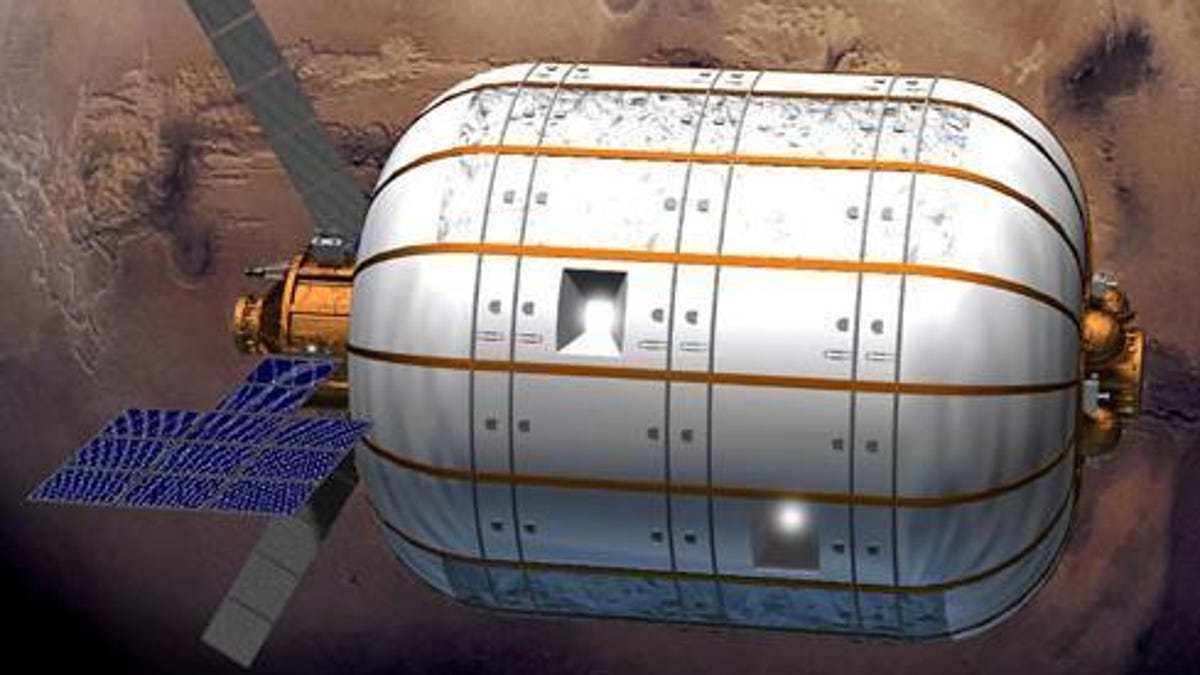Space station to test $17 million inflatable room
NASA will use Bigelow's Expandable Activity Module to determine the potential benefits of inflatables for exploration and commercial space work.

NASA has awarded a contract to explore ways to potentially expand the International Space Station.
The agency announced last week that Bigelow Aerospace has been awarded a $17.8 million contract to deliver to the agency an inflatable extension for the space station. According to NASA, the Bigelow Expandable Activity Module "will demonstrate the benefits of this space habitat technology for future exploration and commercial space endeavors."
Inflatable space technology is nothing new. In fact, the first passive communications satellites -- Echo 1 and Echo 2 -- were both inflatable. NASA determined in 1958 that the satellites would be too big to fit into the Thor-Delta rocket, so scientists decided to allow the satellites to inflate when they got into space.
The idea of a self-contained inflatable habitat for space exploration has even been in place for decades. However, due to NASA budget constraints, the so-called "Transit Habitat," which was to help get crews to Mars with inflatable technology, was cancelled in 2000.
Bigelow, founded in the late 1990s, has been working on its own inflatable habitats for years. The company currently offers a BA 330 inflatable habitat that can be both added on to existing stations or operate on its own. The BA 330 has 330 cubed meters of volume and support up to six crewpeople for an extended period of time. According to Bigelow, the BA 330's radiation protection can at least match that of the International Space Station. The habitat's "aluminum can" design includes four large windows for occupants to look out into space.
It's not clear whether the BA 330 or another habitat has been commissioned by NASA. However, the space agency plans to hold a press event with Bigelow on Wednesday to discuss their plans.
(Via Forbes)

